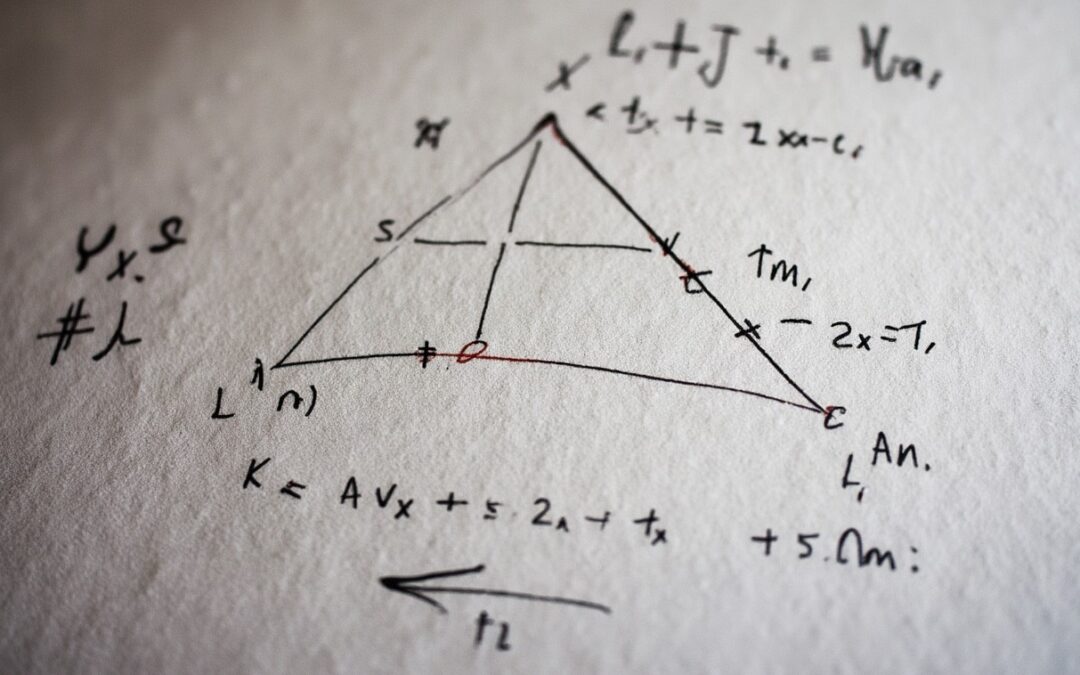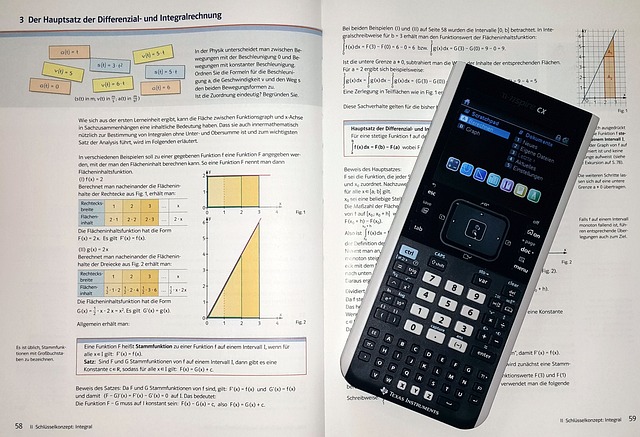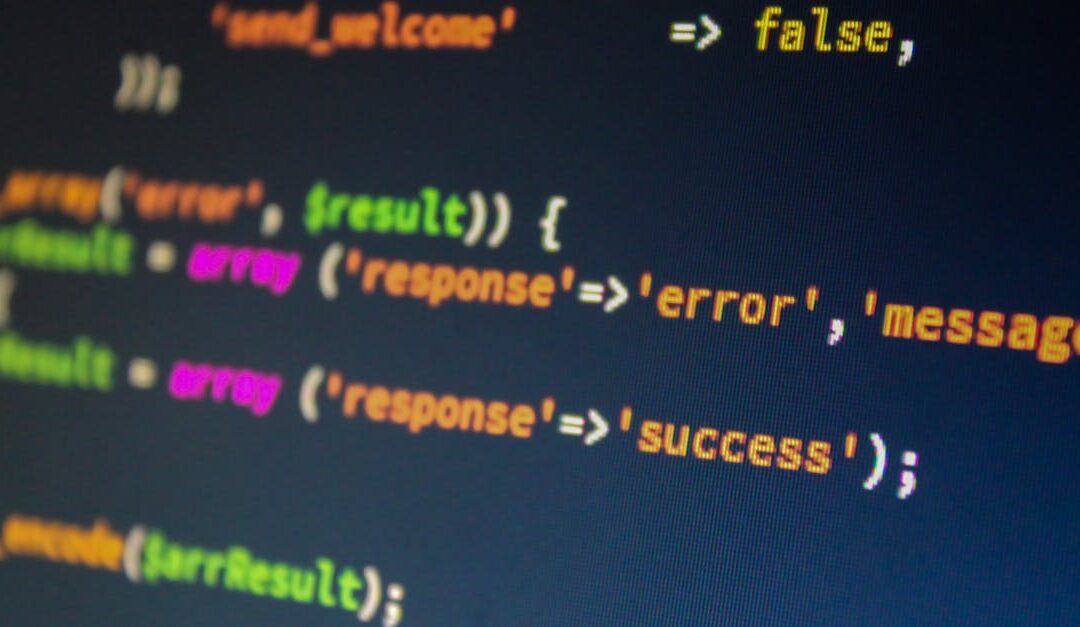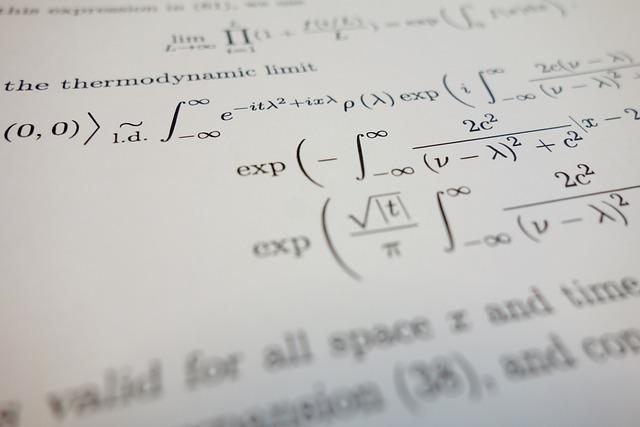Explore how function behavior changes with large variables. Learn to identify warning signs and avoid common pitfalls in mathematical analysis.

ADVERTISEMENT

Explore how function behavior changes with large variables. Learn to identify warning signs and avoid common pitfalls in mathematical analysis.

Learn how to prove that a function is bounded with this step-by-step guide. Master the techniques for a bounded function proof.

Discover which functions have compositional square roots! Learn about bijections, cycle decomposition, and how to find these roots.

Explore the divisibility by floor square root problem. Find all integers ##n## where ##\lfloor{\sqrt{n}}\rfloor \mid n##. Solutions and examples included.

Learn fuzzy logic aggregation techniques to combine uncertain data. Enhance decision-making and risk assessment with fuzzy values.

Understanding derivatives simply involves grasping how functions change. This guide offers an intuitive explanation for beginners.

Explore the ramp function, its definition, properties, and applications in signal processing and control systems. Understand the ramp function today!

Explore surjective function composition with clear examples. Learn when the composition of surjective functions remains surjective and when it doesn’t.

Explore the function codomain, its definition, and why it’s crucial in math. Understand its role in function composition and surjectivity.

Learn how to perform function decomposition by separating any function into its even and odd parts, simplifying complex analysis.

Prove that an expression is independent of n using number theory. Explore modular arithmetic and floor functions to show constant results.

Explore arc length functions and their cardinality. Discover how the number of continuous functions changes with increasing arc length.

Explore the conditions for defining integrals, focusing on the necessary structures of spaces and functions for meaningful integration.

Explore the meaning of p-value variance, ##x(1-x)##, in statistics. Learn how it relates to Bernoulli distribution and its applications.

Explore the formulas behind common crossfader curves like Dipped, Constant Power, and Linear. Enhance your DJ mixing skills today!

Explore L-structures in first-order logic, their construction, and counting methods. Understand how L-structures first order logic works with examples.

Learn how to solve function composition problems algebraically with step-by-step solutions. Master the art of decomposing complex functions!

Explore the area of recursive functions with a detailed analysis. Discover how the area remains constant as the recursion depth increases.

Explore function sections, a method to simplify multi-variable functions by fixing one variable. Learn how function sections aid in analysis.

Explore function iteration notation with clear examples. Learn how to represent repeated function compositions effectively and avoid common ambiguities.

Explore function decay rates and how the parameter α affects whether a function has slow or rapid decay. Learn with examples!

Learn how to represent logical operators like AND, OR, and NOT as functions. Understand their mathematical formulations and applications.

Learn how to build functions continuous at specific points, like integers or irrationals. Explore examples and proofs for constructing continuous functions.

Explore proving that the floor function has Theta complexity of Θ(x). Learn about upper and lower bounds in this analysis.

Learn how to efficiently compute the sum of coefficients in the Hadamard product of generating functions. Simplify complex calculations!

Understanding function notation is key! Learn the difference between f(x) and f, and how to use them correctly in math.

Explore fractional differentiability functions and how they behave with non-integer derivatives. Learn about constructing functions with specific differentiability.

Explore generalized cosine functions through functional equations. Understand solutions and challenges in higher-order generalizations.

Learn how to find the minimum value function using calculus. Step-by-step guide included!

Explore the density of smooth functions in L1 and L2 spaces. Learn how smooth functions approximate complex functions effectively.

Learn how to tile piecewise functions diagonally across a grid. This guide provides a clear solution for transforming inputs and achieving the desired tiling effect.

Explore the Mandelbrot set main cardioid, its fixed points, and multipliers. Understand its role in complex dynamics and the Mandelbrot set.

Explore the definition, identification, and applications of prime numbers. Understand why prime numbers are crucial in cryptography and computer science.

Explore the probability of expected rolls to see all sides of a die. Understand why multiple dice don’t simply halve the expectation.

Learn the definition of an ordered pair in mathematics including its key characteristics and applications. Explore examples and understand how it’s used.
Discover how to solve polynomial equations and find q(uv) = 0. Learn techniques for determining polynomial relationships between variables. Polynomial Equation Solver.

Discover the top AI tools to boost your productivity and efficiency. Learn about various AI tools.

Learn about sequences their limits and how they differ from functions. Discover convergence and divergence and essential theorems.

Learn about arithmetic geometric and harmonic series with 5 examples each. Discover the formulas and how to solve problems.

Discover Sophie Germain primes special prime numbers with unique properties. Learn about their relation to safe primes applications in cryptography and how to identify them using Python.

Discover the surjective functions f(x) that satisfy the equation 2xf(f(x)) = f(x)(x + f(f(x))) for all positive real numbers x.

Discover how to find functions f(x) and g(x) that satisfy a specific functional equation. Explore different cases and solutions.

Discover how to find all surjective functions f:R→R satisfying a specific functional equation. Learn the key steps and techniques.

Struggling with functional equations for your math midterm? This post provides tips and tricks including substituting values using mathematical induction and finding fixed points to help you solve these challenging problems.

Learn about vectors in mathematics their properties and how they’re used in physics computer graphics and machine learning.

Learn various methods for proving mathematical statements including direct proof indirect proof (contradiction and contrapositive) proof by cases and mathematical induction. Explore examples and applications.

Conquer the CBSE Board Exams 2025 with our guide! Learn effective study strategies, time management tips, and overcome exam anxiety for success.
The cartesian product of two sets A and B is defined as a set formed by all the possible ordered pairs of elements from A and B, such that the first element comes from set A and the second element comes from set B. The cartesian product is denoted as A × B. Let a and...
An ordered pair is a 2-tuple formed by taking two elements (generally numbers but can be alphabets, characters, words or symbols). The general form of representation is (a, b) where a and b represent two distinct objects. The important thing with ordered pairs is that...
Tuples in Relations and their examples
A Relation from set A to set B is defined as a set of ordered pairs formed from the elements of set A and B. In other words, a relation is a subset of the cartesian product of sets A and B. The subset is derived by establishing predicate filter(s) or criteria stating...
A function is said to be an even function if the sign of the image does not change when the sign of the preimage changes. Conversely, a function is called an odd function when the sign of the image changes when the sign of the preimage changes. For Even functions,...
In mathematics, a tuple or a sequence is a list of objects arranged in an order. Such a list may have repeated objects but the order is more important. Such sequences or tuples are denoted as ( t1, t2, t3, …., tn ) where tn is the nth element of the list. Below are a...